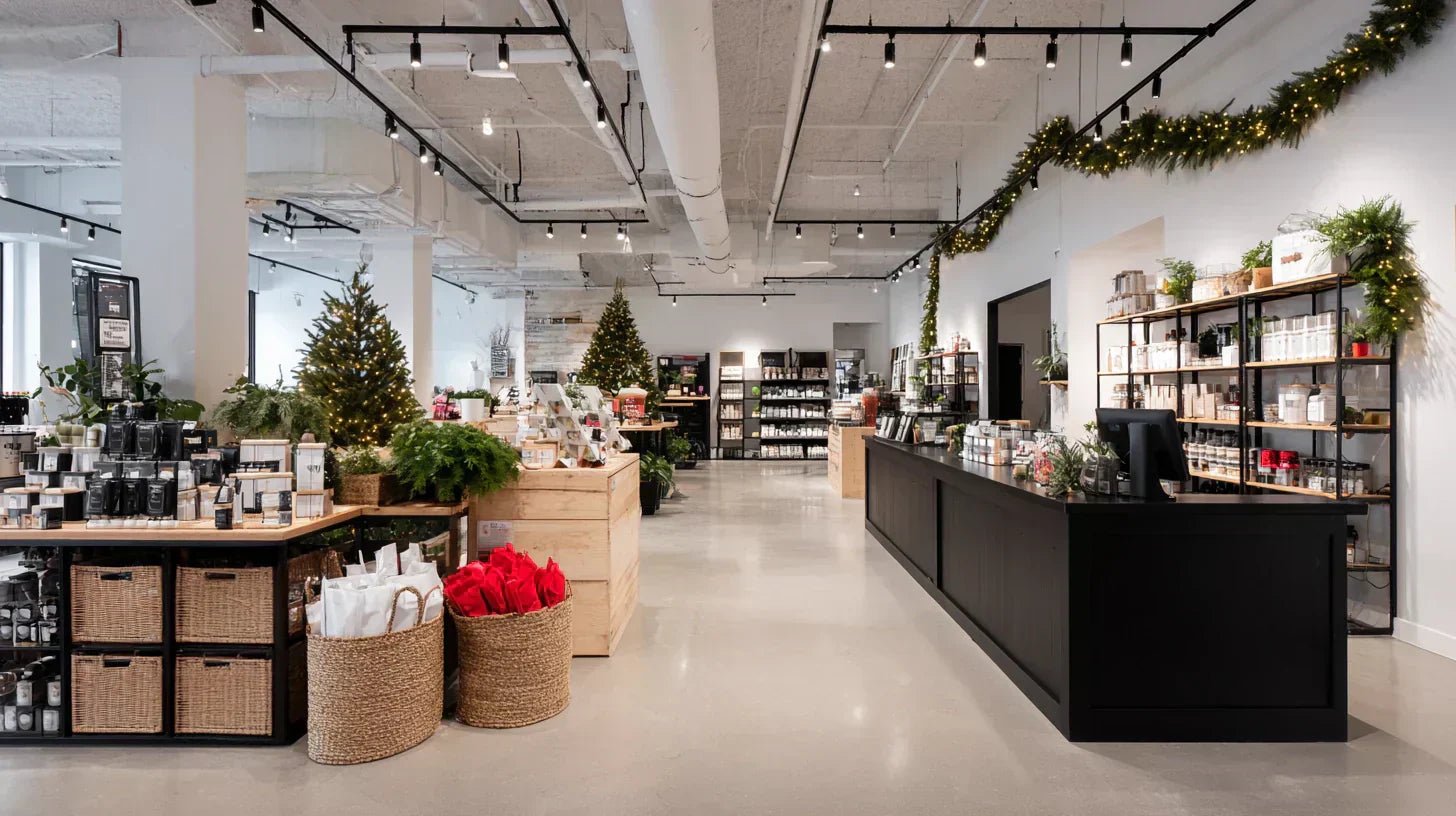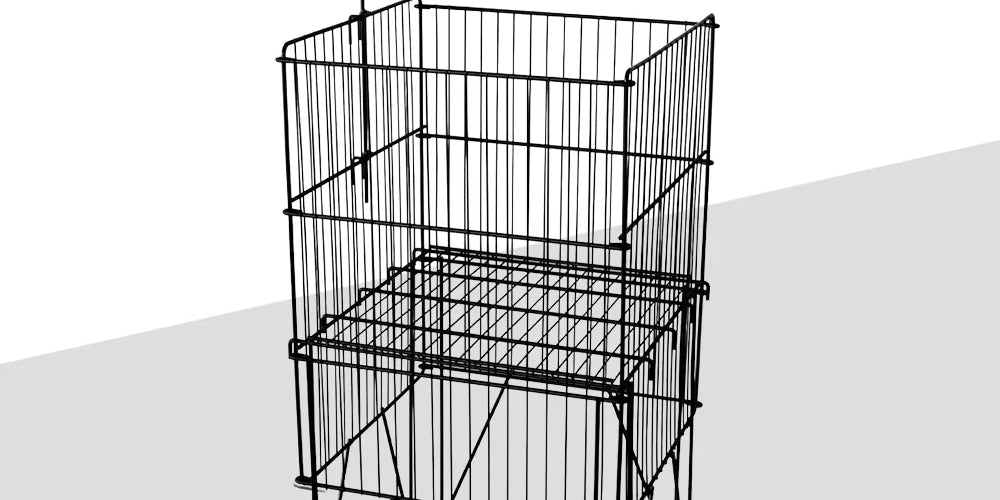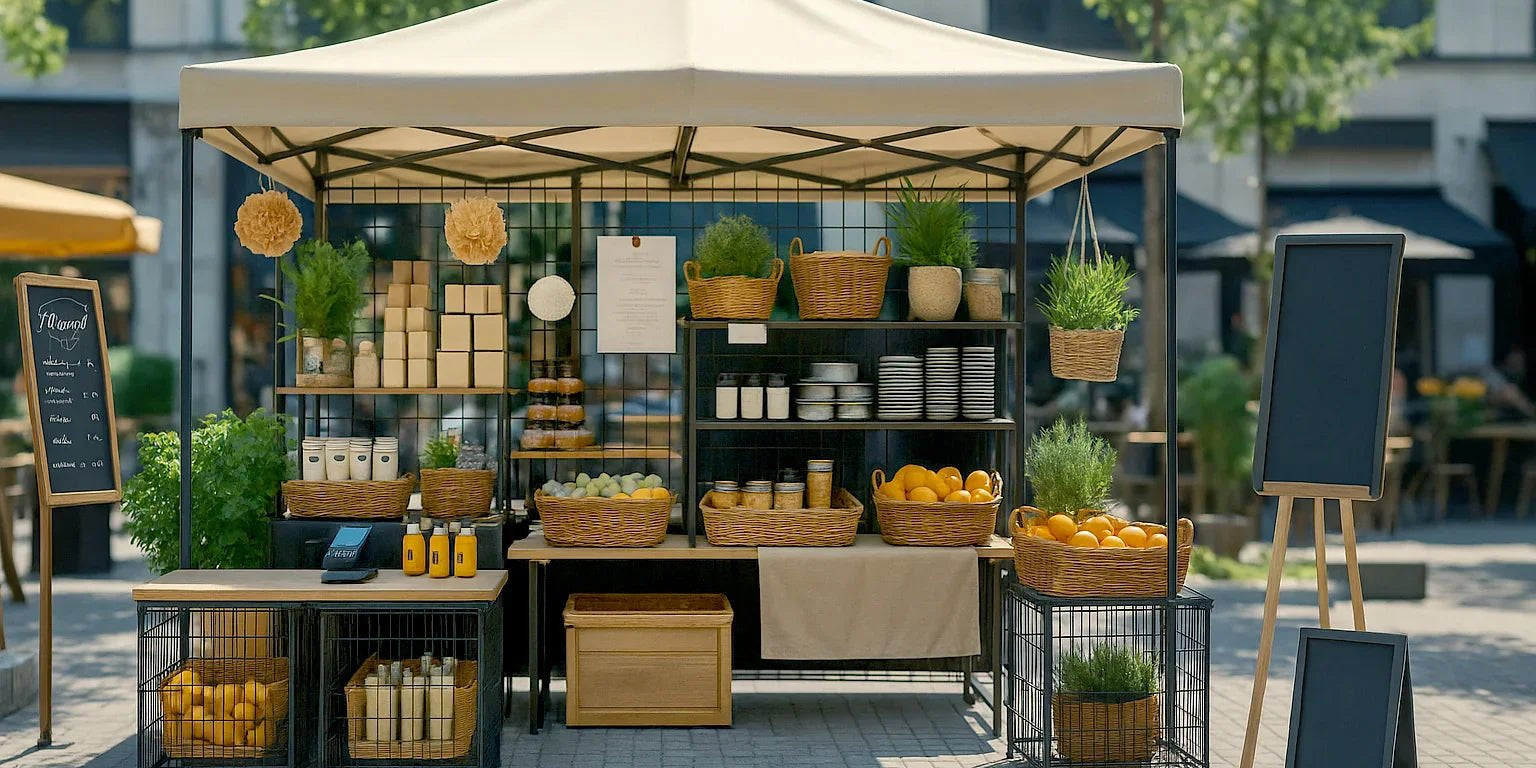The holiday season is a pivotal time for retail. Traffic increases, and so do customer expectations. Stores become places of discovery, sometimes stressful, but above all, places of warmth and magic. For retailers, being well prepared means maximizing sales, of course, but also offering a memorable experience that leaves a lasting positive impression.
Start early to stay in control
Simply putting up string lights in November isn't enough to be ready. Planning should begin in late summer. By getting started early, you'll have time to adjust your orders, train your team, and plan your window displays and merchandising areas.
Taking a moment to review your data from previous years also allows you to spot trends: which products performed well? Which periods were quieter? And most importantly, what would you have liked to improve, but didn't have the time to do so?
Adapting space to the reality of winter
Bulky coats, wet boots, slower traffic: all of these things affect how customers navigate the store. It's essential to create a clear, fluid path that invites discovery without causing congestion.
The store's entrance plays a key role. It should provide a warm transition between the cold outside and the welcoming atmosphere of the store. Providing a small space near the checkout counters for last-minute gift ideas can also make a difference.
Optimize the customer journey to the exit
A good layout takes into account natural traffic flow, but also friction points. A poorly positioned queue can easily block access to certain areas or hinder product discovery. Waiting space is often underutilized, even though it represents a great opportunity to increase the average order value.
Strategically repeating impulse-buy products like small sizes, greeting cards, chocolates, accessories, and even a few unusual items that customers wouldn't think of if they didn't see them can encourage spontaneous additions. The customer is already ready to buy, so it's time to give them one last inspiration.
Create a feel-good atmosphere
During the holiday season, customers aren't just buying products; they're looking for an experience. A well-designed sensory ambiance can transform a routine visit into a memorable one. Here are a few simple but effective ingredients:
- soft, warm, never intrusive background music;
- a discreet scent that evokes the season (fir, orange, spices);
- lighting that highlights the products while softening the space.
These details, when well measured, contribute to a coherent and inviting experience.
Rely on simple and effective tools
You don't need cutting-edge technology to deliver a seamless experience. A few well-chosen tools can really make a difference. An efficient checkout system, clear signage, a small, well-placed display to highlight a selection of featured products, such as seasonal items, gift ideas, or promotional sets. These are simple touches that attract attention and make the purchasing decision easier.
The important thing is that each element meets a real need. There's no need to overload, but don't underestimate the power of details either. A good layout can make all the difference. Anything that makes the purchase easier or reassures the customer is welcome.
Have a ready and motivated team
During busy periods, staff are at the heart of the in-store experience. It's more essential than ever that they're well-informed, valued, and supported. A few simple steps can help maintain positive team energy:
- take the time each morning to review the day's objectives;
- involve employees in the decoration or animation in the store;
- plan well-placed breaks to avoid getting out of breath.
A motivated employee is palpable. And often, that little extra attention makes all the difference in the eyes of the customer.
Ensure continuity between the web and the store
The customer journey rarely begins in-store. A large proportion of consumers consult social media, the website, or reviews before making a trip. It's therefore crucial that information is consistent everywhere. Same products, same promotions, same tone. This continuity between the online and on-store experience helps build trust. If a customer spots a product on Instagram, they should be able to find it effortlessly once in-store. This type of consistency builds credibility and improves the overall experience.
Stay tuned to adjust better
Once the season begins, things don't always go as planned. That's normal. The important thing is to stay in tune: with your customers, your team, and what the numbers tell you. If a product isn't selling, you can move it. If a corner of the store remains empty, why not create a temporary themed area, such as a promotional area focused on fast-moving products, a themed area around last-minute gift ideas, or a showcase of local products?
Being flexible during this intense period is often what makes for a great season.
Take stock at the beginning of the following year
As soon as the holiday frenzy subsides and daily life returns to normal, it's essential to take a moment to write a post-mortem. This is the perfect opportunity to take notes while everything is still fresh in your mind:
- What were the good moves?
- What worked less well?
- What products were missing that could have made a difference?
- What actions deserve to be repeated or improved?
- What displays or accessories could have been added to better guide purchasing or increase the average basket?
This thoughtful feedback, taken at the beginning of the year, becomes a valuable tool for future seasons. From one season to the next, we gain in precision, efficiency, and confidence.
Preparing your business for the holidays isn't just about decorations or promotions. It's about the whole experience: an atmosphere, a welcome, a carefully designed journey. It's also a unique opportunity to connect with your customers and create a bond that goes beyond the transaction.
Taking the time to prepare every detail gives you the means to experience a year-end that lives up to your expectations.


